
Guinea Pig
Guinea Pig
Guinea Pig
A cute guinea pig with a manmaru body and dull eyes is a popular pet animal. Some of you may have touched or held her in the petting corner of a zoo. Guinea pigs are familiar animals, but they are also animals that actually have a history and secrets that are not as well known as you might think. Let's take a look together to see what characteristics and secrets guinea pigs have!
Guinea Pig Basic Infomation
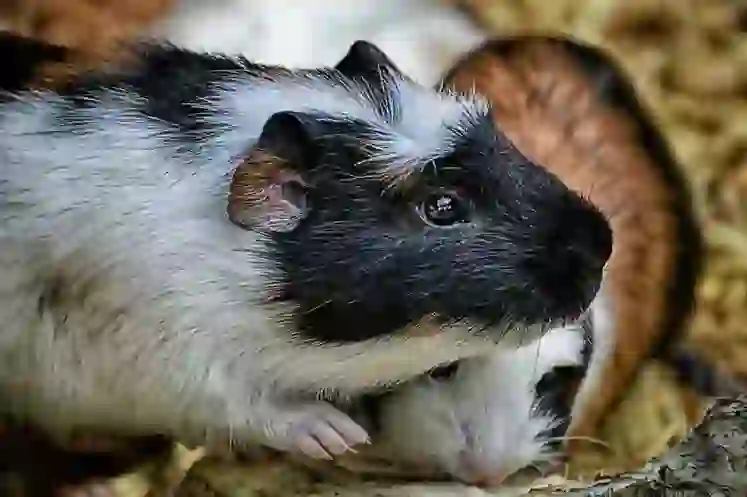
Mammalia Rodentia-Caviidae-Guinea pig genus.
Length:20~40cm. Weight:500g~1.5Kg.
Guinea pigs are animals born through domestication. Nowadays, many people keep them as pets.However, guinea pigs can actually be seen in the wild, and their main habitats are grasslands, forests, and rocky areas in Peru, Bolivia, Argentina, and Chile in South America.
Wild guinea pigs dig burrows in the ground to protect themselves from natural enemies, and live in flocks of 5 to 10 guinea pigs eating grass leaves, stems, and roots.Wild guinea pigs are nocturnal and behave from dusk to night, while guinea pigs kept by humans are known to be active during the day according to the rhythm of their owners' lives.
In the past, in South America, guinea pigs were kept to eat and as ritual sacrifices.In fact, there are still many guinea pigs kept for food, not for petting purposes, but many of them have escaped and gone wild.
Guinea pigs are just as popular as rabbits and hamsters as pets.
Guinea pigs are basically quiet, easy to keep animals.The fact that they are slightly larger than hamsters and degus, and that they don't have much jumping power makes them less likely to escape, which may be another reason why guinea pigs are easy to keep.
However, guinea pigs basically don't learn to use the toilet, so they need to clean their cages every day. It is also important to keep in mind that the smell of pee is surprisingly strong.
Feed guinea pigs mainly grass, special pellets and vegetables and fruits.
Guinea pigs, like humans, are unable to produce the nutrient vitamin C in their bodies. Therefore, be sure to give them a special food that contains vitamin C or a vitamin C supplement for small animals.
Most guinea pigs like vegetables and fruits, but it is important for guinea pigs to eat a lot of grass in order to live a healthy life. Don't give them a lot of fruits and vegetables, but try to get them to eat as much grass as possible.
Guinea pigs are basically kept in small animal cages. The cage can be either a wire mesh type or an aquarium type, but please choose one that is as spacious as possible.Unlike hamsters and chipmunks, guinea pigs do not climb high, so I recommend cages with more space than height. Also, guinea pigs don't like hot and humid places, so keep their cages in a well-ventilated place.
As I mentioned earlier, guinea pigs often don't learn to go to the bathroom, and they pee and poop a lot for their size. It is a good idea to put plastic slats on the cage for easy cleaning.
Guinea pigs can be kept alone, but since they originally live in packs, it is better to keep more than one guinea pig.
Unlike humans, the teeth of guinea pigs, which are herbivores, continue to grow throughout their lives. Teeth will naturally wear down if you eat a lot of grass, but if you eat a little grass, they will not wear down well and will continue to grow.Also, biting into the cage or falling from a high place can put a strain on the roots of the teeth, resulting in malocclusion.
If the teeth become too long or malocclusion occurs, the guinea pig will not be able to eat the food well. If this happens, you will need to go to a veterinary hospital for treatment, so be sure to check the condition of your teeth carefully on a daily basis.
It is also recommended that you clip your nails every two to three months.
Guinea Pig Q&A

Guinea pigs are also popular as pets.
Guinea pigs are just as popular as rabbits and hamsters as pets.
Guinea pigs are basically quiet, easy to keep animals.The fact that they are slightly larger than hamsters and degus, and that they don't have much jumping power makes them less likely to escape, which may be another reason why guinea pigs are easy to keep.
However, guinea pigs basically don't learn to use the toilet, so they need to clean their cages every day. It is also important to keep in mind that the smell of pee is surprisingly strong.
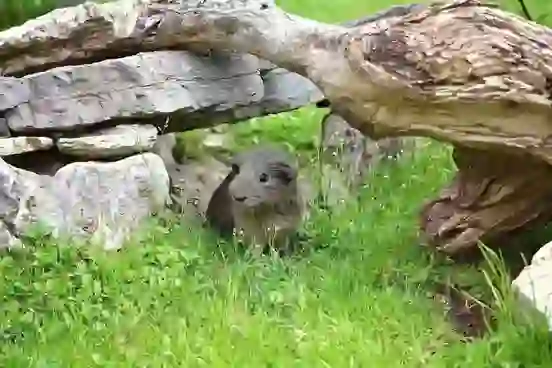
If you want to keep them at home, what is the best food?
Feed guinea pigs mainly grass, special pellets and vegetables and fruits.
Guinea pigs, like humans, are unable to produce the nutrient vitamin C in their bodies. Therefore, be sure to give them a special food that contains vitamin C or a vitamin C supplement for small animals.
Most guinea pigs like vegetables and fruits, but it is important for guinea pigs to eat a lot of grass in order to live a healthy life. Don't give them a lot of fruits and vegetables, but try to get them to eat as much grass as possible.
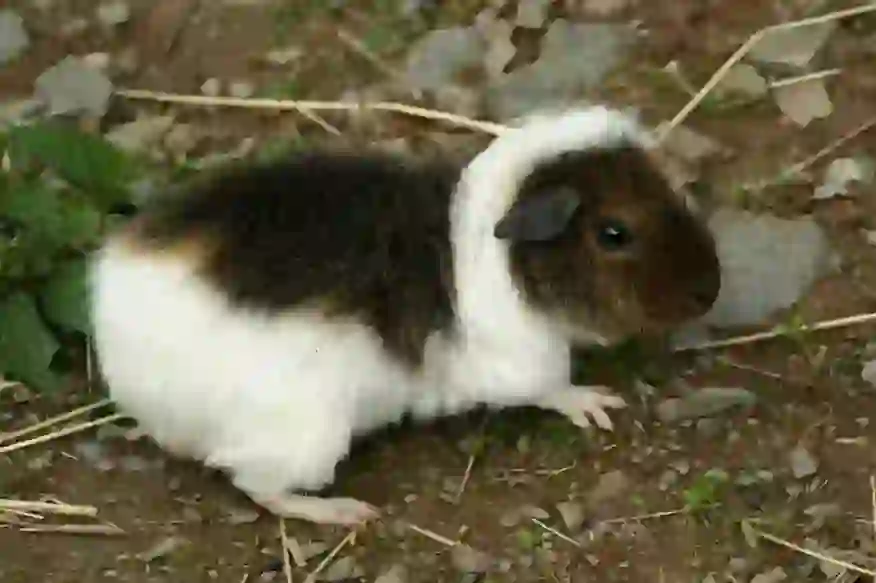
Breeding environment.
Guinea pigs are basically kept in small animal cages. The cage can be either a wire mesh type or an aquarium type, but please choose one that is as spacious as possible.Unlike hamsters and chipmunks, guinea pigs do not climb high, so I recommend cages with more space than height. Also, guinea pigs don't like hot and humid places, so keep their cages in a well-ventilated place.
As I mentioned earlier, guinea pigs often don't learn to go to the bathroom, and they pee and poop a lot for their size. It is a good idea to put plastic slats on the cage for easy cleaning.
Guinea pigs can be kept alone, but since they originally live in packs, it is better to keep more than one guinea pig.
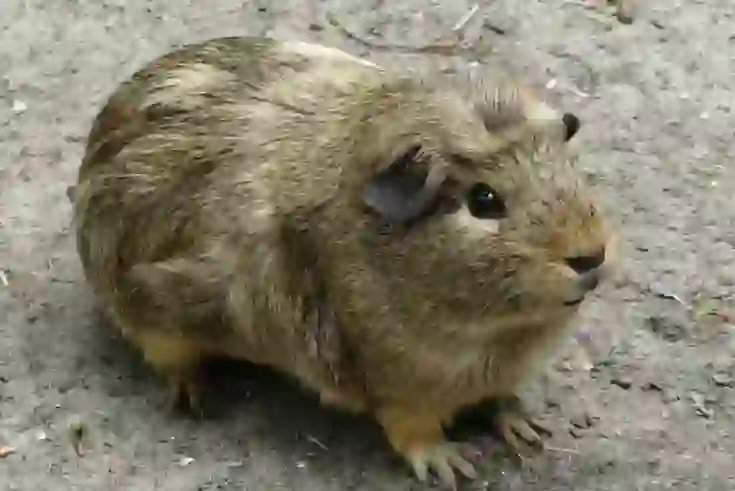
Other notes.
Unlike humans, the teeth of guinea pigs, which are herbivores, continue to grow throughout their lives. Teeth will naturally wear down if you eat a lot of grass, but if you eat a little grass, they will not wear down well and will continue to grow.Also, biting into the cage or falling from a high place can put a strain on the roots of the teeth, resulting in malocclusion.
If the teeth become too long or malocclusion occurs, the guinea pig will not be able to eat the food well. If this happens, you will need to go to a veterinary hospital for treatment, so be sure to check the condition of your teeth carefully on a daily basis.
It is also recommended that you clip your nails every two to three months.
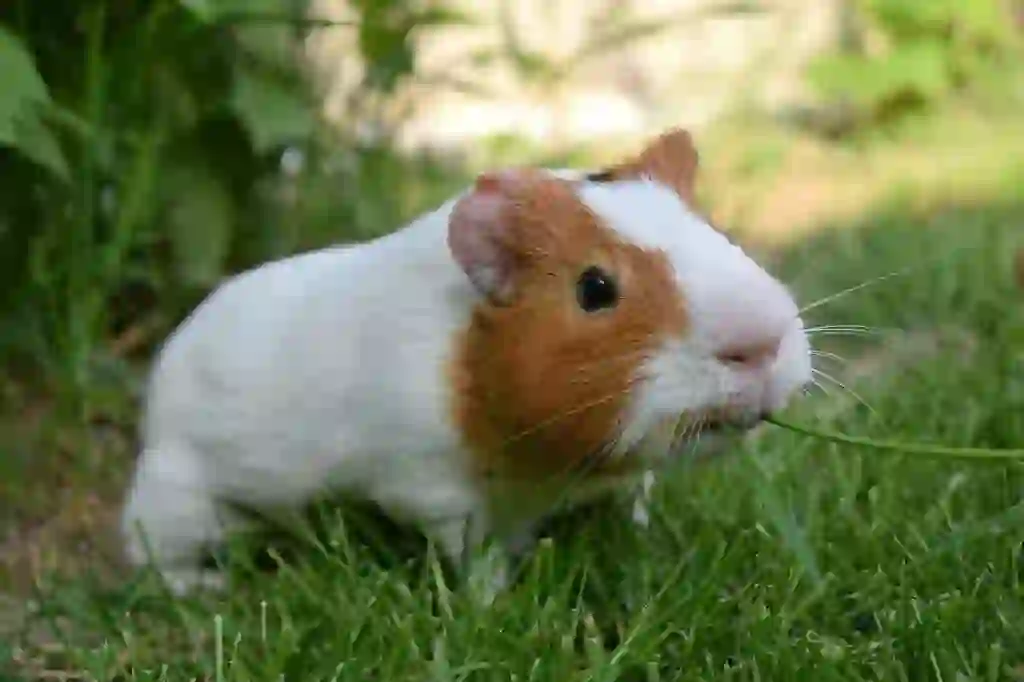
What is the origin of the guinea pig's name?
Guinea pigs are a strange animal that is also known as "molmot" in Japanese. So why did the name become so popular in Japan? In this article, I would like to introduce the origin of the word "molmot" in Japanese.
The first theory is that it was named by mistake because it looked similar to the "marmot" an animal of the squirrel family that lives in North America, Asia, and Europe.The second theory is that when guinea pigs were imported from the Netherlands to Japan in the Edo period, the Dutch called the animals "malmot" and they became molmot.
At present, it is not known for sure whether either theory is correct or both are wrong.However, it is not understood to say molmot in countries other than Japan, so something may have happened when guinea pigs came to Japan.
Incidentally, when this animal first arrived in Europe, it was thought to have come from Guinea, a country on the African continent, so the word Guinea was added to the beginning of its name.Pig means "pig," and it is thought that the name came from the fact that guinea pigs have a body shape similar to a pig, that their meat tastes like pork, and that they squeak like a pig, in other words, they are "pig-like animals from Guinea.
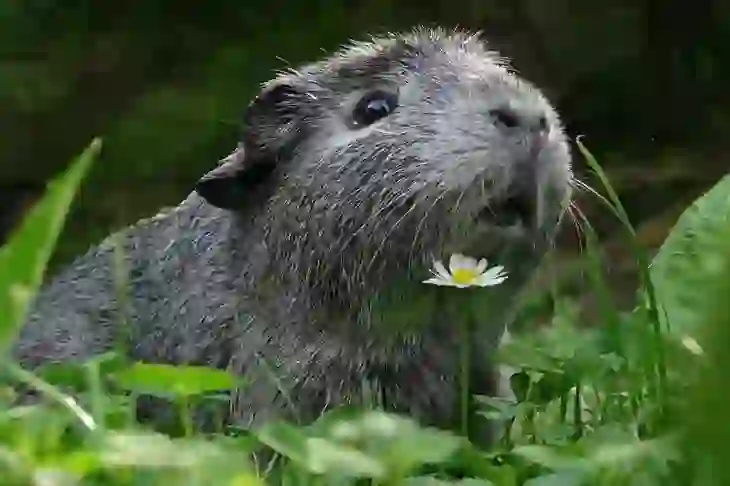
What are the differences between guinea pigs and hamsters?
Guinea pigs and hamsters, which are often kept as pets, are members of the same rodent order, but what are the differences?
First, let's compare the length of the body. There are many types of hamsters, and each type has a different body size. The Jangaryen hamster, which is often kept as a pet, is about 8.5cm long, and the golden hamster is about 14.5cm long, so you can see that guinea pigs are basically larger.However, the "black-bellied hamster" which is called the largest species of hamster, is about 30 cm long.
Next, let's take a look at the feet. Hamsters can grab things with their paws, but guinea pigs can't.Hamsters can also stand up on their hind legs only, but guinea pigs cannot.
And the presence or absence of a cheek pouch is also an important point. To begin with, a cheek pouch is an organ inside the cheek that is used to pack and carry food. Hamsters have cheeks, but guinea pigs don't.
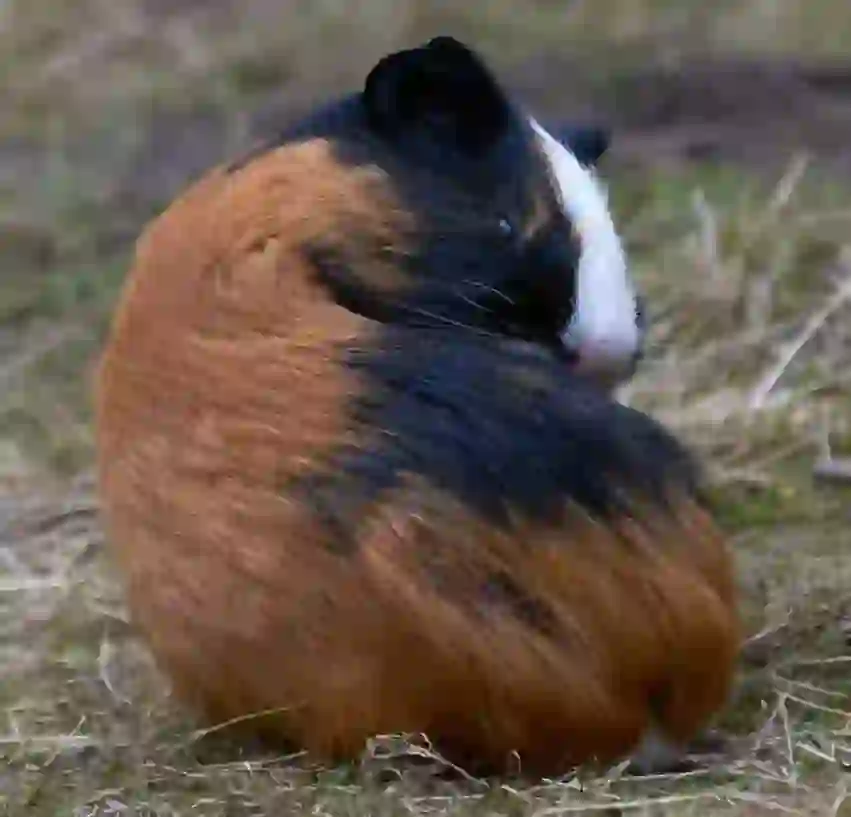
Is it true that guinea pigs look like capybaras?
It's true. Among the members of the same family as guinea pigs are the "capybara" the world's largest mouse, and the "mara" which has long legs and resembles a rabbit.
It's kind of funny how a guinea pig that you can hold in the palm of your hand is similar to a capybara that weighs 50-60 kg.
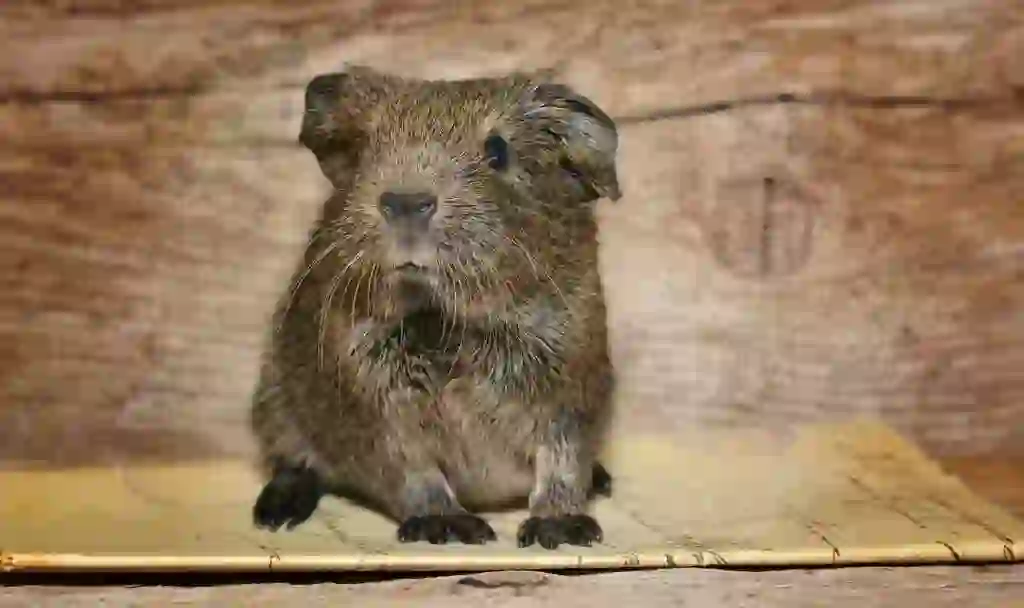
Why don't guinea pigs have tails?
It's not widely known, but guinea pigs actually don't have tails. The reason why guinea pigs do not have tails is still unclear, but considering the role of tails, the reason can be inferred a little.
Animal tails have a variety of roles, such as balancing when moving to higher places, wrapping around the body to keep out the cold, and swinging them around to drive away insects.Rats have long, thin tails because they climb high, but wild guinea pigs live in the ground or in holes dug in the ground, so they don't have a chance to climb high.
As a result, the tail became unnecessary for guinea pigs, and it is thought to have degenerated before they knew it as they evolved.

Is it true that guinea pigs have different numbers of toes on their front and back legs?
It's true. Guinea pigs have four front legs and three back legs, and they have sharp claws. Also, the soles of my feet are not hairy from toe to heel. This is thought to be due to the anti-slip function.

How do I tell the sex of a guinea pig?
Guinea pigs are almost the same in appearance and body size for both males and females. So how do you tell the gender?
If you want to check the gender, look at the reproductive organs first.If you look closely, you can see that the male genitalia has a bulge in the testicle, while the female has a Y-shaped line instead of a bulge.This difference is especially difficult to distinguish in children, so if it is difficult for you to tell the difference on your own, you should ask the vet at the veterinary hospital to look it up.
Next, let's take a look at the shape of the poop.Guinea pig poop has an elongated shape, but it is actually known that males and females have different poop shapes.The male poop is slightly curved like a banana, while the female poop is straight and shaped like a bale.It's a subtle difference, but if you look at them side by side, you can see that there is a surprising difference.
Guinea pigs breed and give birth to children in no time, so be careful not to put males and females in the same cage if you do not want to increase their numbers.
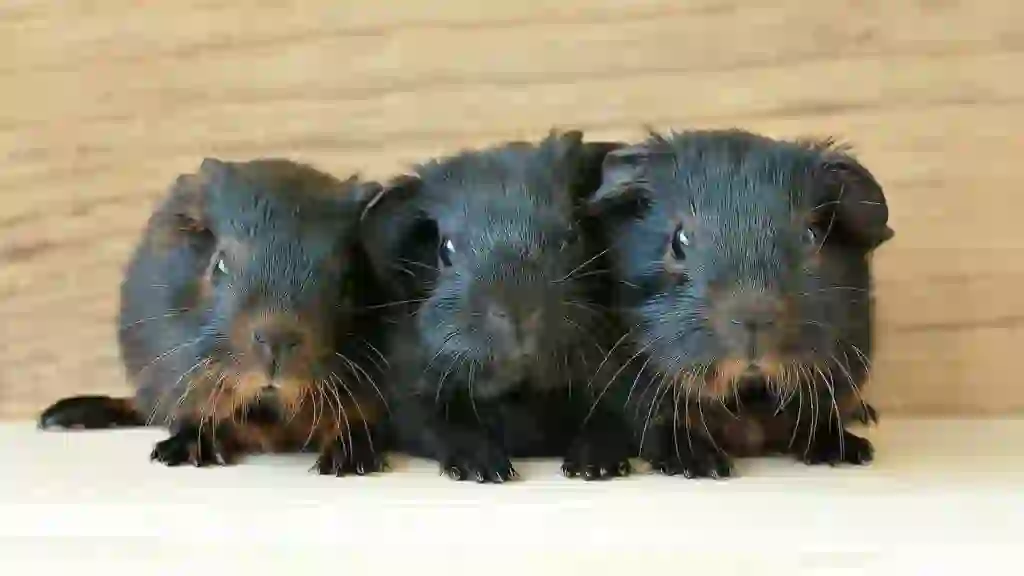
What do the guinea pigs at the zoo eat?
Guinea pigs are often seen in zoos. So what do the guinea pigs in zoos eat?
Guinea pigs living in zoos eat mainly timothy and other pasture grasses, as well as pellets for herbivores and vegetables such as cabbage and carrots.In addition to drinking water, some zoos also provide fresh pasture grass as a way to rehydrate.

Can zoo keepers recognize guinea pigs?
Many zoos have many guinea pigs in their petting corners.There are many guinea pigs with similar patterns and colors, but can zoo keepers tell them apart?
In fact, the keeper in charge of the guinea pig can easily recognize the name just by looking at the guinea pig's face and patterns.Of course, it is difficult to identify guinea pigs at first, but as they are taken care of every day, they will gradually become able to recognize them.

Is it true that there are hairless guinea pigs?
It's true. There are many varieties of guinea pigs, but the "Skinny Guinea Pig" variety has almost no hair.
Skinny Guinea Pig is a guinea pig with a slightly different appearance, but it is said that even people who are allergic to animal hair may be able to keep it because of its low hair loss. However, since they do not have hair, they are cold and have weak skin, so the difficulty of keeping them is higher than other guinea pigs.

Would you like to become a part of the 'Animalbook.jp'?
Turn your knowledge into Q&A and share it with the world. ※Publication will be activated after purchase. Let's share information together!
Guinea Pig Type of List
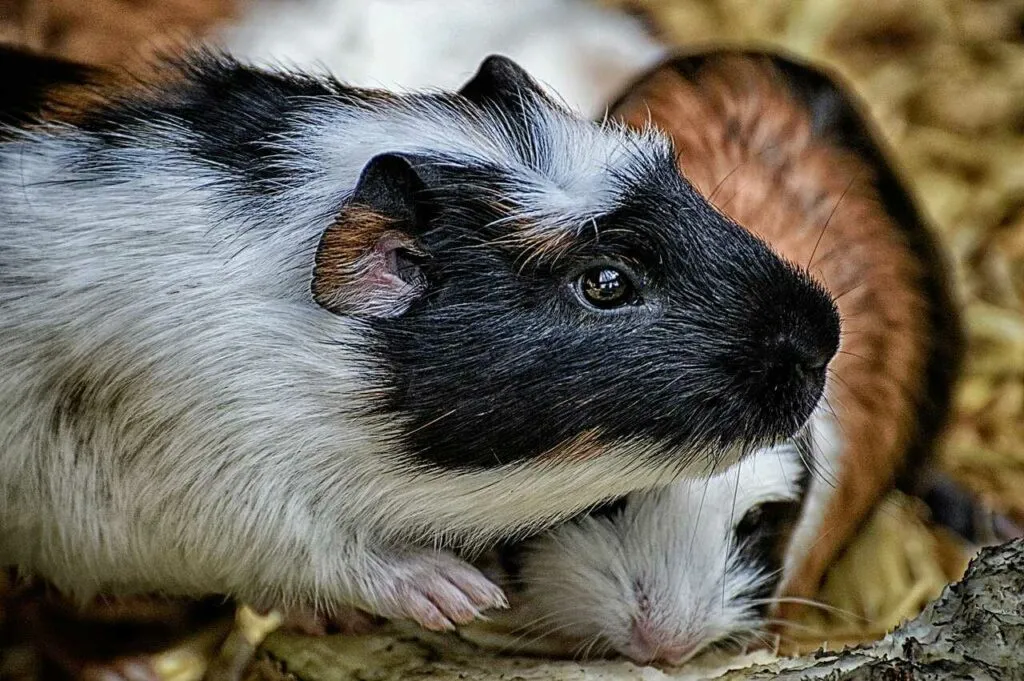
・English ・Teddy ・Abyssinian ・Creste ・Rex ・Pervian ・Pervian ・Cornet ・Texel ・Skinny Guinea Pig etc.
Information
Congratulations! You are the first commenter!

Create Your Favorite List!
Guinea Pig
Save the animals you love! Build your own list to quickly revisit your favorites later.

Would you like to leave a comment?
※Please note: This is for the purchase of rights to post comments within the article.
Find Your Favorites!
Our shop offers a unique and attractive selection of goods themed around various animals.
Guinea Pig References

- 霍野 晋吉、横須賀 誠(2019年)『カラーアトラスエキゾチックアニマル 哺乳類編 増補改訂版 ─種類・生態・飼育・疾病─』緑書房
- 日東書院本社(2011年)『小動物の飼い方図鑑 (ワイド版・動物図鑑シリーズ)』河野 朝城
- 市川市動植物園「ちょっとおもしろいはなし」 http://www.city.ichikawa.lg.jp/zoo/0329.html
- Yahoo Japan「クロハラハムスター」 https://kids.yahoo.co.jp/zukan/pet/smallanimal/rat/0019.html
- よこはま動物園ズーラシア「モルモットのうんち」 http://www.hama-midorinokyokai.or.jp/zoo/zoorasia/details/pakapaka6.php
Guinea Pig Introduction of media used
出典:https://pixabay.com/videos/id-42380/

出典:https://pixabay.com/images/id-3689312/

出典:https://pixabay.com/images/id-757819/

出典:https://pixabay.com/images/id-327382/

出典:https://pixabay.com/images/id-4280673/
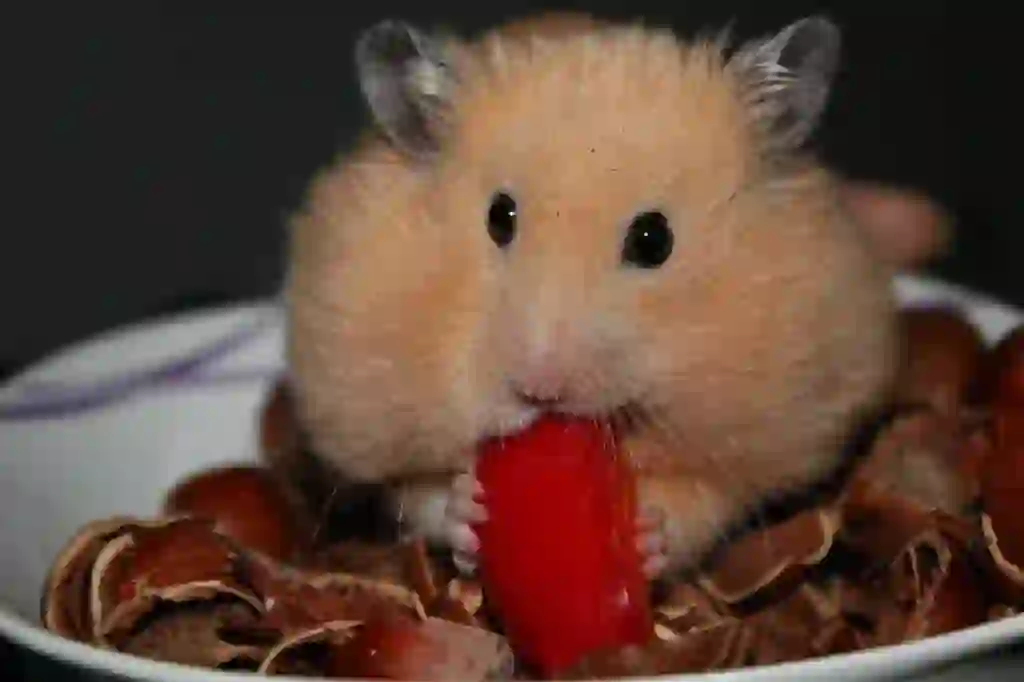
similar
出典:https://pixabay.com/images/id-943373/

出典:https://pixabay.com/images/id-2412069/
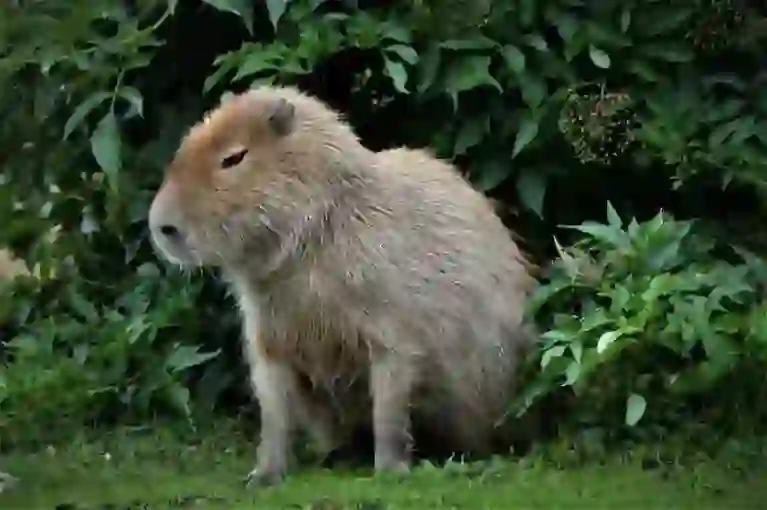
similar
出典:https://pixabay.com/images/id-3556770/

出典:https://pixabay.com/images/id-3336994/

出典:https://pixabay.com/images/id-2394892/

出典:https://pixabay.com/images/id-647566/

出典:https://pixabay.com/images/id-5287749/

出典:https://pixabay.com/images/id-8331/

出典:https://pixabay.com/images/id-849278/

Help Enrich Our Animalbook.jp with Your Media!
We are constantly looking to expand and enrich our Animalbook.jp with amazing photos and videos of animals. If you have any media that you'd like to share, please contribute and help us showcase the beauty and diversity of the animal kingdom. Your submissions will be credited and featured in our encyclopedia, reaching a wide audience of animal lovers.


















